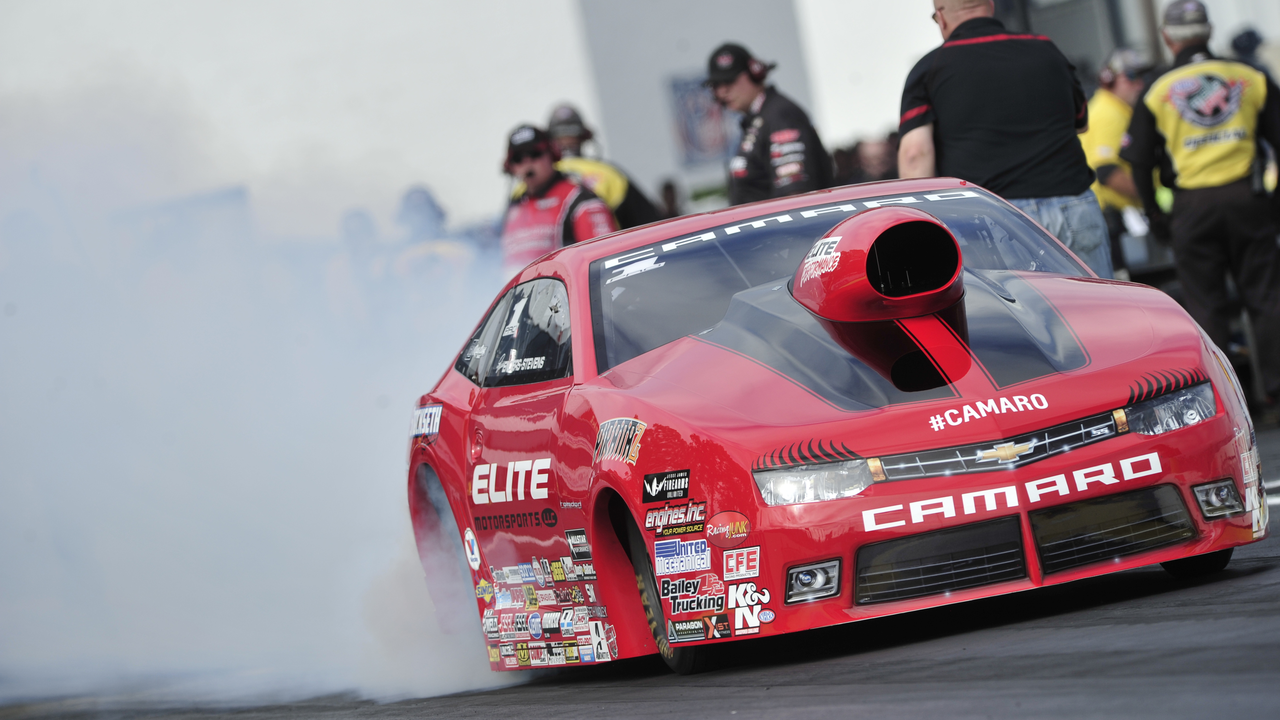So, folks, let's dive into the wild world of drag racing - and no, I'm not talking about RuPaul's Drag Race here! The question on the table: is drag racing actually racing? I would say it's like asking if cheesecake is actually cake (spoiler: it totally is). Drag racing may not be your traditional round-and-round-the-track type of racing, but it's a heart-pumping, adrenaline-soaked showdown of speed, power, and reaction time. So, in the great words of Lightning McQueen - Drag racing? Ka-chow! Definitely racing!
Drag Racing – Fast Facts, News & How‑to Guides
If you love raw speed and the smell of burnt rubber, you’re in the right place. Drag racing boils down to two cars, a straight line, and a start button that says "go". On Ryland Motorsports Hub we break down the buzz, share the hottest events, and give you straight‑forward advice to get on the strip.
Why Drag Racing Gets Your Heart Racing
First off, the thrill is instant. You sit in the car, see the traffic light turn green, and the engine roars. In a few seconds you’ve gone from zero to over 200 mph on a quarter‑mile track. That split‑second burst of power is what keeps fans coming back. It’s also easy to understand – winner is the one who crosses the finish line first. No complicated points or pit stops to worry about.
Another draw is the community. Drag strips host races every weekend, and you’ll find novices next to veterans. People share setups, talk about tire choices, and cheer each other on. The vibe is friendly, and you can learn a lot just by watching a few runs.
Finally, the technology is pure. From the classic V8 muscle cars to modern electric dragsters, the machines are built for straight‑line domination. Upgrading the engine, tweaking the fuel mix, or swapping the tires can shave hundredths of a second off your time. Those tiny improvements feel huge when you finally see your ET drop.
Start Drag Racing: Tips for Beginners
Ready to give it a go? Here’s a quick checklist that gets you on the track without breaking the bank.
1. Choose the right car. A lightweight car with a powerful engine is ideal. Many beginners start with a 1970s pony car or a modern import that can handle boost. Look for a vehicle that’s easy to maintain and has a solid aftermarket support.
2. Get a good launch control system. Consistent starts separate the pros from the hobbyists. A basic timer and a line‑light device will help you practice reaction times and wheel‑spin control.
3. Learn the track rules. Each drag strip has safety regulations – helmet requirements, staging procedures, and burn‑out limits. Follow them to avoid penalties and keep the day fun.
4. Invest in the right tires. Drag slicks provide the bite you need for a fast launch. They’re pricey, but a set of good slicks can improve your ET by several tenths of a second.
5. Practice the burnout. The burnout heats the tires and improves traction. Start slow, increase the revs, and release the clutch smoothly. Over‑burning wastes time and tyre life.
Once you’ve got the basics down, sign up for a local “junior” class race. Those events are designed for newcomers and let you test your setup against similar cars. It’s the fastest way to learn what works and what doesn’t.
Keep an eye on our tag page for the latest drag racing news, race results, and upcoming events. Whether you’re a casual fan or a budding racer, Ryland Motorsports Hub has the info you need to stay ahead of the pack.
